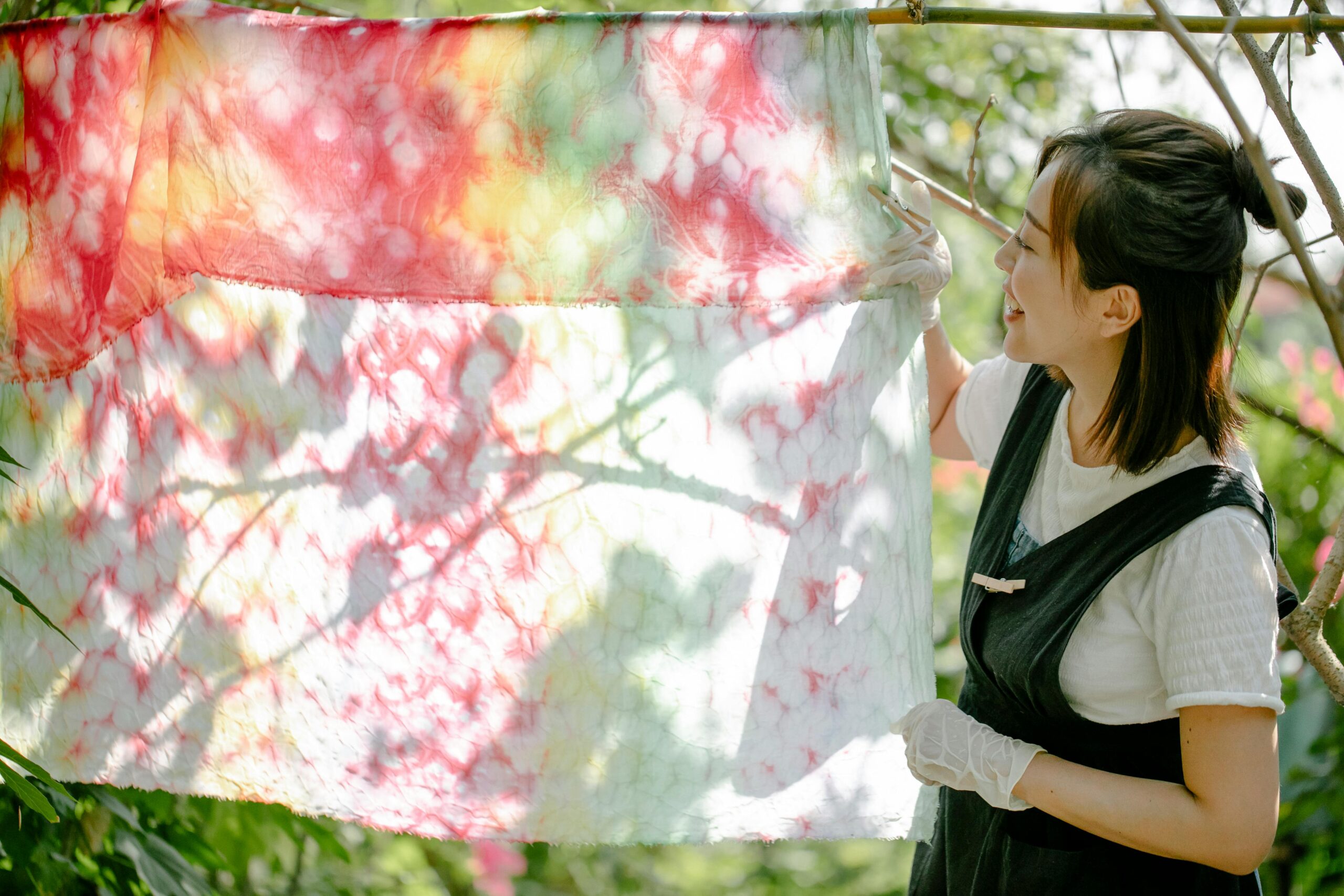DIY projects have emerged as a powerful solution for personalizing your living space while maintaining financial wellness. As housing costs continue to rise and consumers seek meaningful ways to express creativity, do-it-yourself initiatives offer substantial savings of 50-75% compared to retail alternatives while providing therapeutic benefits that enhance mental well-being.
The landscape of home improvement has shifted dramatically toward accessible, sustainable projects that deliver both aesthetic impact and financial returns. Modern DIY enthusiasts are discovering that strategic home upgrades can serve dual purposes: creating personalized environments and generating supplemental income through resale platforms.
This comprehensive guide examines five transformative DIY projects specifically curated for 2025, each requiring minimal experience while delivering maximum visual impact. These projects emphasize cost-effective materials, streamlined processes, and versatile applications that adapt to various living situations and skill levels.
Whether you’re seeking to refresh your current space, develop new creative skills, or explore income-generating opportunities, these carefully selected projects provide structured pathways to achieve your goals while staying within reasonable budget parameters.
Why DIY Projects Are Essential for 2025
The current economic landscape has created unprecedented opportunities for individuals to take control of their living environments through strategic DIY initiatives. Rising inflation and increased housing costs have made professional home improvement services less accessible, creating demand for affordable alternatives that maintain quality standards.
Financial Impact and Cost Efficiency
DIY projects typically deliver savings between 50-75% compared to professional services or retail purchases. A custom coffee table that costs $100 in stores can be created for $25 using reclaimed materials, while painted accent walls save homeowners approximately $75 compared to hiring professional painters.
These savings align perfectly with strategic financial planning, allowing individuals to allocate resources more effectively across their monthly budgets. The money saved through DIY projects can be redirected toward emergency funds, debt reduction, or other financial priorities.
Therapeutic Benefits and Personal Satisfaction
Research indicates that 60% of DIY enthusiasts report reduced stress levels through creative expression. The process of transforming raw materials into functional, beautiful objects provides measurable mental health benefits while developing practical skills that increase confidence and self-reliance.
The satisfaction derived from completing DIY projects extends beyond immediate gratification. These accomplishments create lasting pride in one’s living environment and demonstrate personal capability in problem-solving and creative execution.
Sustainability and Environmental Responsibility
Modern DIY projects increasingly emphasize sustainable practices through material reuse and environmentally conscious choices. Approximately 70% of current DIY enthusiasts prioritize eco-friendly projects that reduce waste while creating functional home improvements.
This environmental consciousness aligns with broader consumer trends toward sustainable living, making DIY projects an attractive option for environmentally aware individuals seeking to reduce their carbon footprint while maintaining stylish, functional living spaces.
Income Generation Potential
Beyond personal use, DIY projects offer significant opportunities for supplemental income generation. Platforms like Etsy, Facebook Marketplace, and local craft fairs provide accessible venues for selling handmade items, with successful creators earning $500-$1,000 monthly through consistent production and marketing efforts.
Top 5 DIY Projects for 2025
1. Reclaimed Pallet Coffee Table
Transform discarded wooden pallets into sophisticated furniture pieces that serve as focal points in living spaces. This project demonstrates how industrial materials can be converted into stylish home furnishings through simple preparation and finishing techniques.
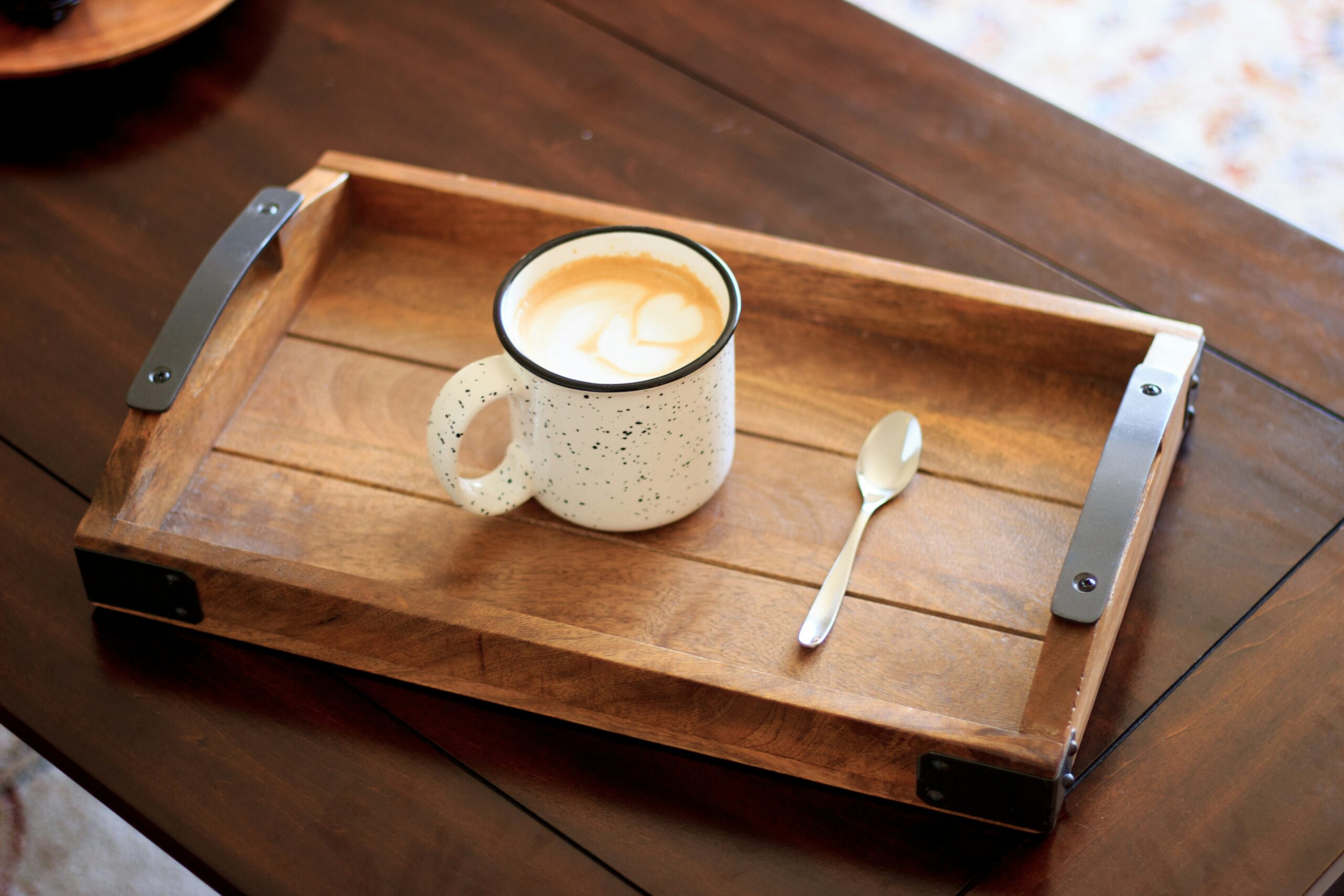
Materials Required:
- Wooden pallets (free from local businesses): $0-$10
- Sandpaper (various grits): $8
- Wood screws and reinforcement brackets: $12
- Wood stain or paint: $15
- Protective finish/polyurethane: $10
Total Project Cost: $35-$45
Step-by-Step Process:
Begin by sourcing quality pallets from local businesses, ensuring they’re marked “HT” (heat-treated) rather than “MB” (methyl bromide) for safety. Clean pallets thoroughly and inspect for damaged boards that require replacement.
Sand all surfaces progressively, starting with coarse-grit sandpaper to remove rough areas, then finishing with fine-grit for smooth texture. This preparation ensures professional-looking results and proper stain absorption.
Reinforce the structure by adding support brackets between slats and securing loose boards with wood screws. This step is crucial for creating stable furniture that withstands daily use.
Apply your chosen finish using thin, even coats, allowing proper drying time between applications. Two to three coats typically provide optimal coverage and durability.
Potential Applications:
- Living room centerpiece furniture
- Outdoor patio table for entertaining
- Wedding decoration rental ($50-$100 per event)
- Online marketplace sales ($80-$150 per piece)
2. Geometric Accent Wall
Create stunning visual impact through strategic paint application and geometric patterns. This project transforms ordinary walls into architectural focal points using affordable materials and accessible techniques.
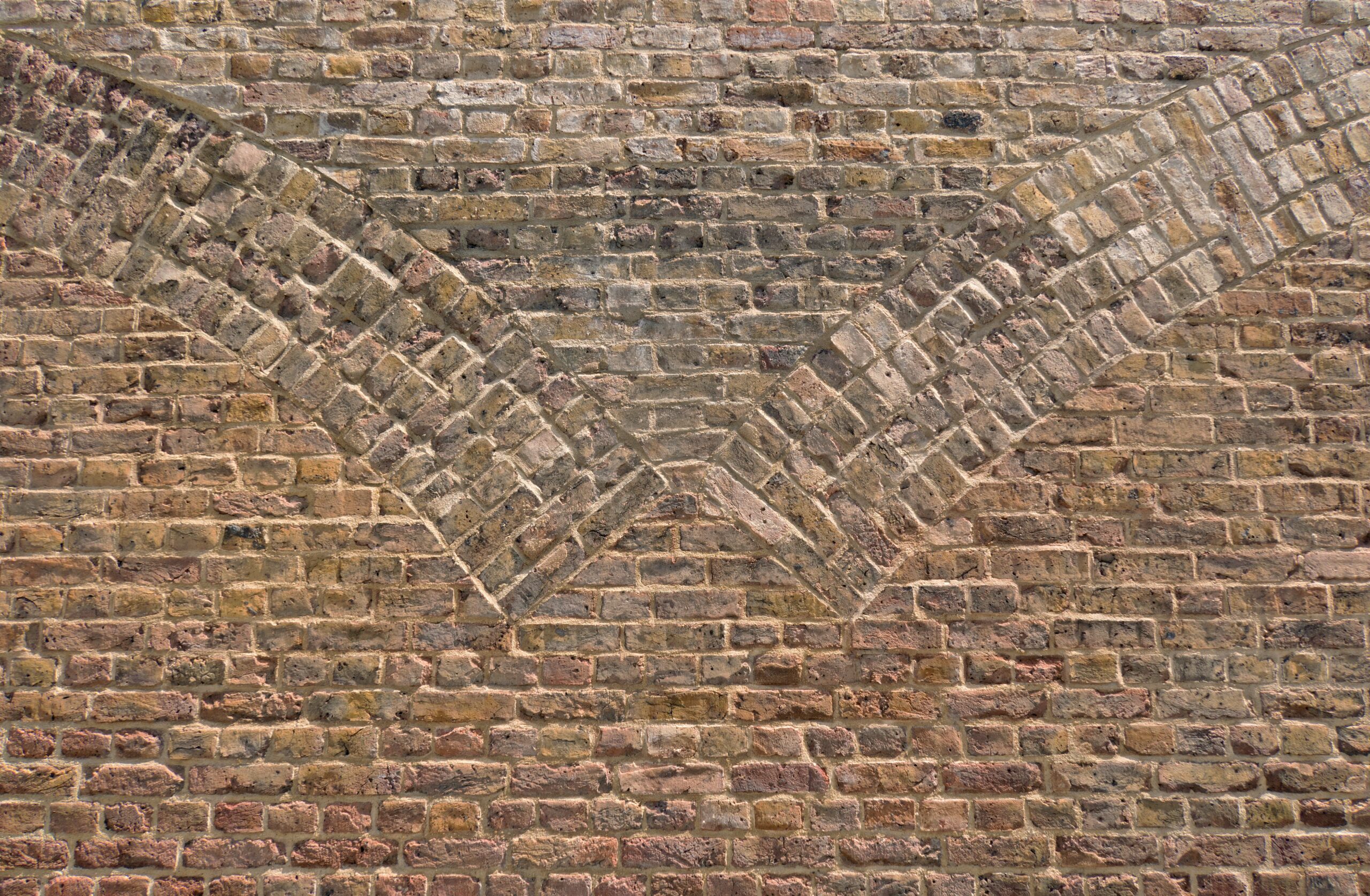
Materials Required:
- Painter’s tape (high-quality): $8
- Acrylic paint (2 colors): $20
- Primer: $12
- Paint rollers and brushes: $15
- Drop cloths: $10
Total Project Cost: $60-$65
Design and Execution Process:
Plan your geometric pattern using graph paper or digital design tools to ensure proper proportions and visual balance. Popular 2025 patterns include chevron designs, hexagonal shapes, and abstract geometric compositions.
Prepare the wall surface by cleaning thoroughly and applying primer to ensure even paint coverage. This foundation step prevents color variations and ensures professional results.
Apply painter’s tape with precision, pressing edges firmly to prevent paint bleeding. Use a ruler or level to maintain straight lines and consistent spacing throughout the pattern.
Paint the base color first, allowing complete drying before applying the accent color. Remove tape while the final coat is slightly damp to achieve clean, sharp lines.
Versatile Applications:
- Bedroom accent walls for visual interest
- Home office backgrounds for video calls
- Rental property improvements (removable techniques)
- Photography backdrop creation
3. Upcycled Picture Frame Collection
Transform thrift store findings into cohesive decorative elements that enhance any interior design scheme. This project demonstrates how consistent styling can unify disparate objects into professional-looking displays.

Materials Required:
- Assorted picture frames from thrift stores: $15
- Acrylic paint in coordinating colors: $12
- Decorative embellishments (optional): $8
- Brush set: $10
Total Project Cost: $35-$45
Transformation Technique:
Select frames with interesting shapes and proportions, focusing on variety in size rather than style consistency. The transformation process will create visual unity regardless of original design differences.
Clean frames thoroughly and sand lightly to create proper paint adhesion. This preparation step ensures long-lasting finish quality and prevents paint chipping.
Apply base coats evenly, using thin layers to maintain detail definition. Two coats typically provide complete coverage while preserving frame characteristics.
Add embellishments strategically to create visual interest without overwhelming the frame’s primary function of showcasing artwork or photographs.
Revenue Opportunities:
- Wedding decoration sets ($100-$200 per collection)
- Custom family photo displays ($50-$75 per set)
- Seasonal decoration rentals
- Online marketplace individual sales ($15-$30 per frame)
4. Modern Concrete Planters
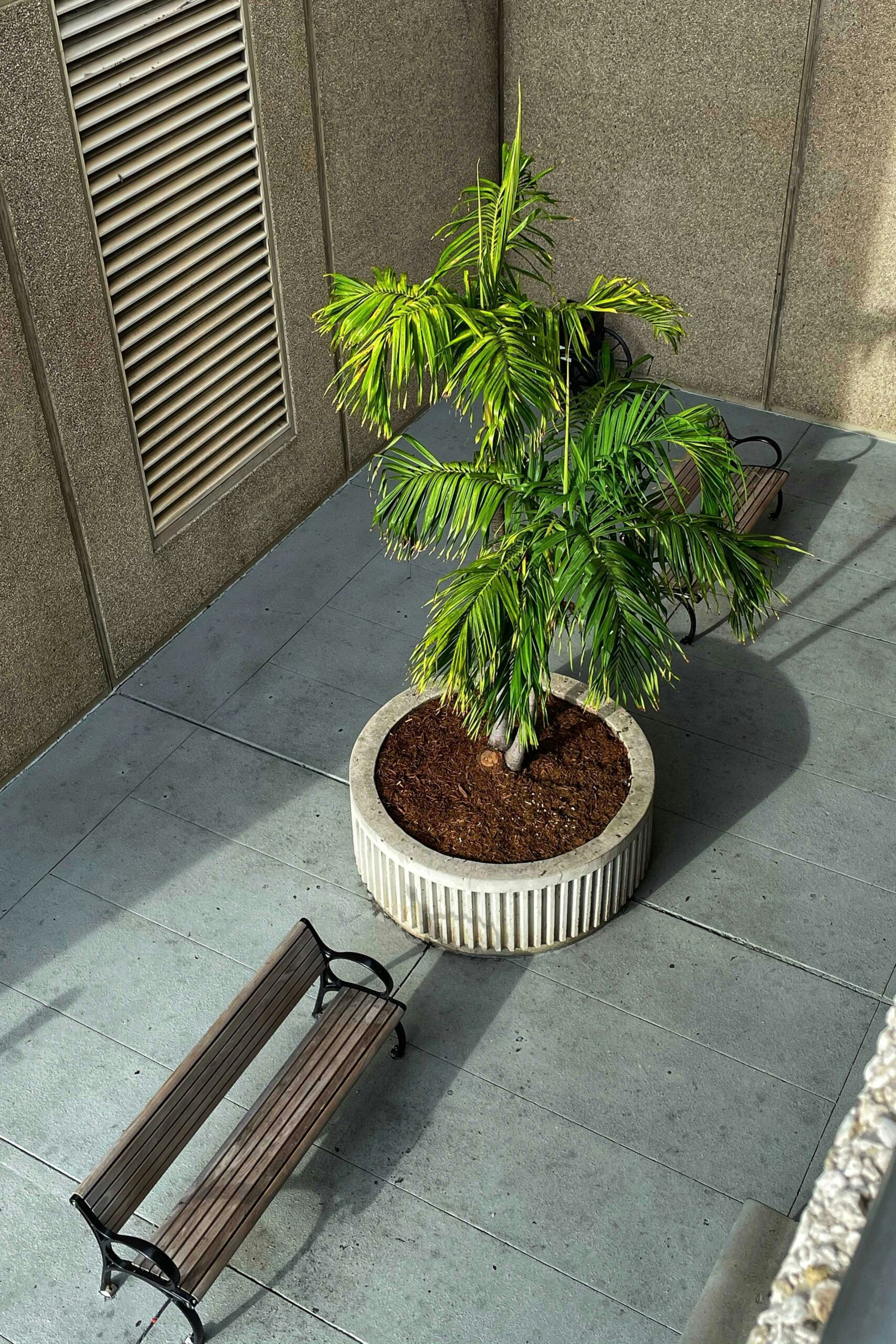
Develop contemporary plant containers that complement minimalist design aesthetics while providing functional growing spaces. This project introduces concrete working techniques through manageable, low-risk applications.
Materials Required:
- Portland cement concrete mix: $12
- Plastic molds (various sizes): $8
- Release agent or cooking spray: $5
- Sandpaper for finishing: $8
- Optional: Concrete stain or paint: $15
Total Project Cost: $35-$50
Construction Process:
Mix concrete according to package directions, achieving a consistent texture without air bubbles. Proper mixing technique significantly impacts final product strength and appearance.
Pour concrete into prepared molds, tapping sides gently to release trapped air. This step prevents weak spots and surface imperfections that compromise both function and aesthetics.
Allow 24-48 hours curing time before demolding, depending on environmental conditions and concrete thickness. Patience during this stage ensures structural integrity.
Sand rough edges and apply finish treatments as desired. Concrete stains provide color options while maintaining the material’s natural texture and durability.
Commercial Applications:
- Modern office decoration: $40-$80 per set
- Wedding centerpiece rentals: $15-$25 per piece
- Garden center wholesale: $20-$35 retail pricing
- Custom size commissions: $50-$100+ depending on specifications
5. Woven Rope Storage Baskets
Create functional organization solutions using traditional weaving techniques adapted for modern materials. This project combines practical storage needs with attractive design elements suitable for visible placement throughout the home.
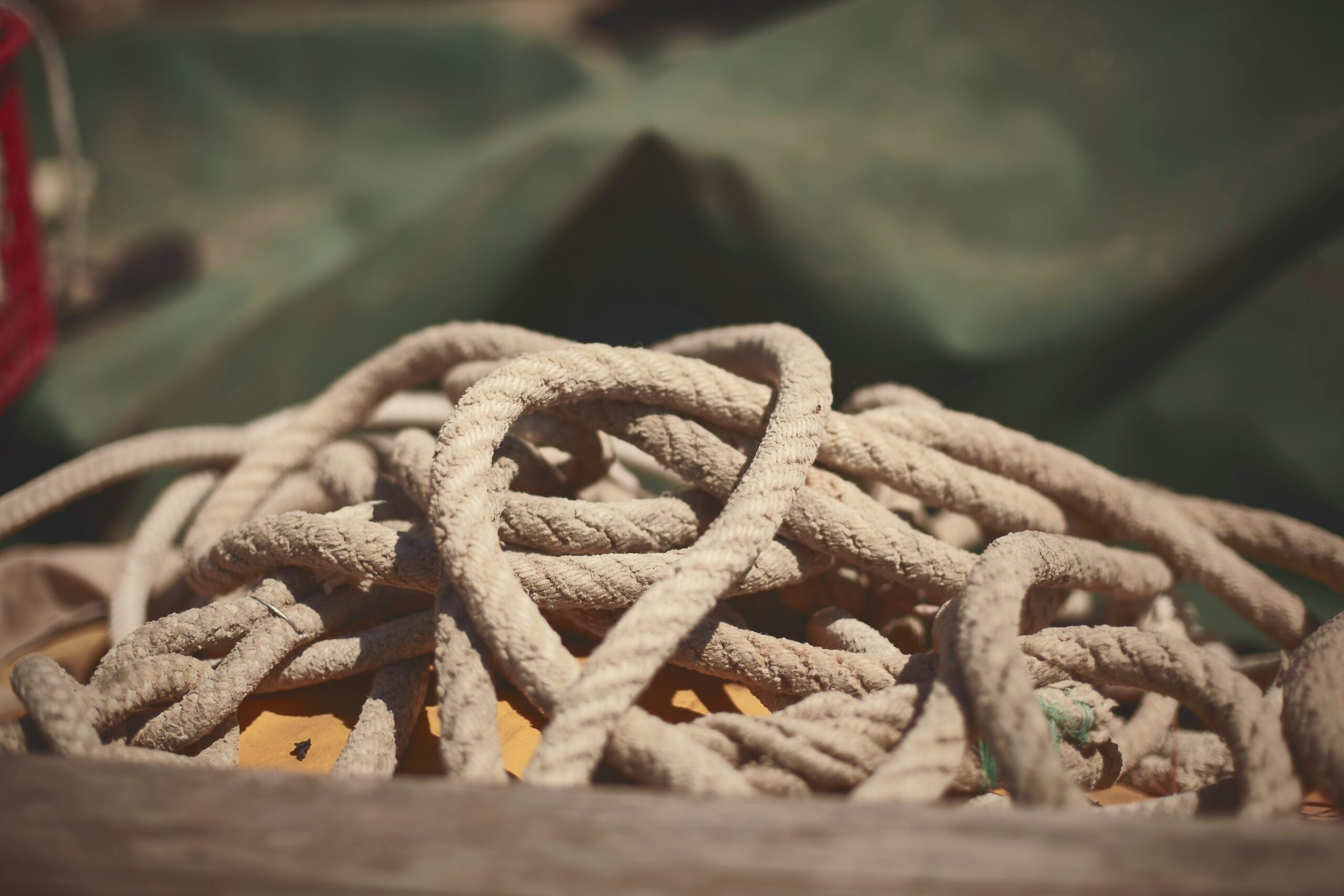
Materials Required:
- Cotton rope (various thicknesses): $20
- Hot glue gun and sticks: $15
- Fabric for lining (optional): $10
- Base form (bowl or container): $5
Total Project Cost: $40-$50
Weaving Technique:
Begin with a central coil, securing rope layers with hot glue applied strategically to maintain flexibility while ensuring structural integrity. Consistent glue placement creates even tension throughout the weaving process.
Build walls gradually, maintaining consistent shape through careful tension control. This technique requires patience but produces professional-looking results with practice.
Add fabric lining if desired, creating finished interior surfaces that protect stored items while enhancing the basket’s visual appeal.
Shape the final form while the glue remains workable, allowing for minor adjustments that perfect the basket’s proportions and stability.
Market Opportunities:
- Home organization consultants: $30-$50 per piece
- Baby shower gift sets: $75-$125 per collection
- Seasonal storage solutions: $25-$40 per basket
- Custom color matching services: Premium pricing 25-50% above standard rates
Getting Started: Your DIY Journey Framework
Skill Assessment and Project Selection
Evaluate your current abilities honestly, considering both technical skills and available time commitments. Beginning with simpler projects like picture frame upcycling builds confidence while developing fundamental techniques applicable to more complex endeavors.
Consider your living space constraints when selecting initial projects. Apartment dwellers might prioritize compact projects like storage baskets, while homeowners with workshop space can tackle furniture construction more easily.
Budget Planning and Resource Allocation
Establish realistic project budgets that account for both materials and tool acquisition costs. Initial tool investments may seem substantial but provide long-term value through repeated project applications.
Source materials strategically through thrift stores, online marketplaces, and community exchanges. Many DIY enthusiasts develop networks for material sharing that significantly reduce project costs while building supportive communities.
Learning Resources and Skill Development
Utilize free online tutorials to develop specific techniques before beginning projects. Platforms like YouTube offer comprehensive instruction sets that can be reviewed repeatedly during project execution.
Consider local workshops or community college courses for hands-on learning experiences that provide expert guidance and access to professional-grade tools and workspace facilities.
Safety Considerations and Best Practices
Invest in basic safety equipment, including eye protection, dust masks, and appropriate clothing. These foundational safety measures prevent injuries that could derail project progress and enthusiasm.
Maintain organized workspace practices that promote both efficiency and safety. Clean, well-organized work areas reduce accident risks while improving project outcomes through better focus and tool accessibility.
Maximizing Your DIY Investment Returns
Quality vs. Speed Balance
Prioritize quality execution over rapid completion, as well-executed projects provide longer-lasting satisfaction and better resale potential. Rushing through steps often results in substandard outcomes that require costly corrections.
Develop patience with the learning process, understanding that initial projects may require more time than anticipated. This investment in skill development pays dividends through improved efficiency and quality in subsequent projects.
Documentation and Portfolio Building
Photograph project progression to document techniques and outcomes for future reference. These records become valuable resources for project replication and improvement while providing content for social media marketing if you pursue sales opportunities.
Maintain detailed cost records for accurate profitability assessment if selling completed projects. Understanding true material and time costs enables realistic pricing strategies that ensure sustainable income generation.
Community Building and Network Development
Engage with local DIY communities through social media groups, maker spaces, and craft fairs. These connections inspire, resource-sharing opportunities, and potential customer bases for project sales.
Share your work through appropriate online platforms, building personal brand recognition that supports both creative satisfaction and potential income generation through custom commission opportunities.
Transform Your Space, Transform Your Life
DIY projects offer unprecedented opportunities to create personalized living environments while developing valuable skills and potentially generating supplemental income. The five projects outlined in this guide provide accessible entry points into the DIY lifestyle while delivering substantial value through cost savings and creative fulfillment.
Success in DIY endeavors requires commitment to quality execution, patience with the learning process, and strategic thinking about resource allocation and project selection. These foundational principles ensure positive outcomes that justify the time and energy investments required.
The skills developed through DIY projects extend far beyond immediate project applications. Problem-solving abilities, attention to detail, and creative confidence gained through hands-on creation experiences enhance multiple life areas while providing practical capabilities that reduce dependence on professional services.
Start your DIY journey today by selecting one project that aligns with your current skills and interests. Document your progress, celebrate your achievements, and begin building the creative confidence that transforms houses into personalized homes while supporting your financial and personal development goals.
